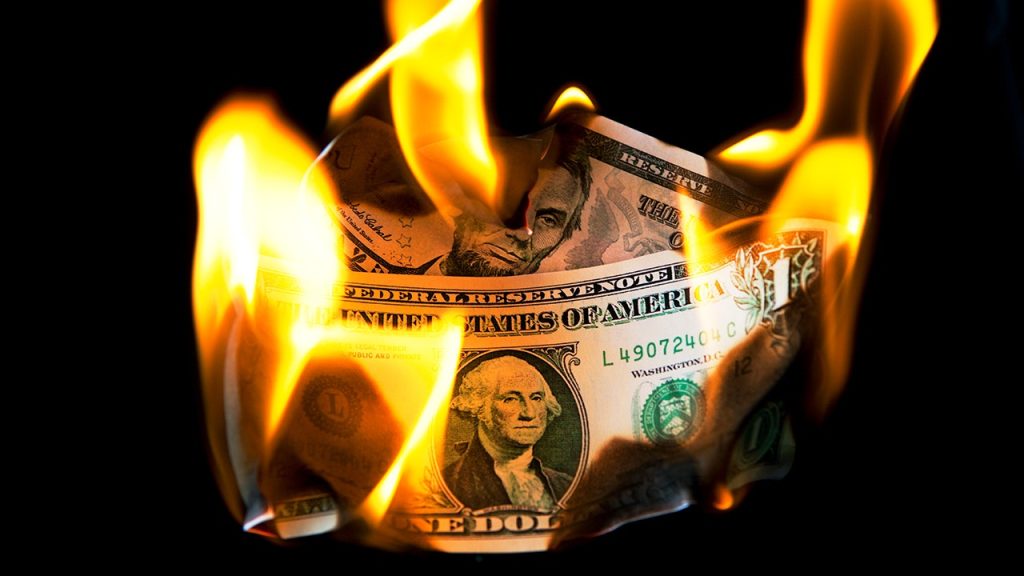The National Centers for Environmental Information (NCEI) maintains a comprehensive record of billion-dollar weather and climate disasters in the United States, dating back to 1980. As of 2024, a staggering 403 events have surpassed the billion-dollar threshold, accumulating a total cost exceeding $2.915 trillion. This data underscores the significant economic impact of natural disasters and highlights the increasing frequency and intensity of these events. Hurricanes dominate the list of the costliest disasters, occupying nine of the top ten spots. This prevalence emphasizes the destructive power of hurricanes, particularly along the U.S. coastlines.
Hurricane Katrina, which devastated the Gulf Coast in 2005, remains the costliest disaster in U.S. history, with a CPI-adjusted cost estimated at $201.3 billion. The catastrophic storm surge, coupled with levee failures in New Orleans, resulted in widespread destruction and loss of life. Hurricane Harvey, which struck Texas in 2017, ranks second with a cost of $160 billion. Harvey’s unprecedented rainfall caused catastrophic flooding in Houston and surrounding areas, highlighting the vulnerability of urban centers to extreme precipitation events. Hurricane Ian, which impacted Florida and South Carolina in 2022, ranks third with a cost of $119.6 billion. Ian’s intense winds and storm surge caused significant damage along the coastlines.
The remaining positions in the top ten are occupied by Hurricanes Maria (2017), Sandy (2012), Ida (2021), Helene (2024), Irma (2017), and Andrew (1992). The inclusion of recent hurricanes like Ida and Helene underscores the ongoing threat posed by these powerful storms. Interestingly, a 1988 drought and heatwave also ranks among the top ten costliest disasters, highlighting the significant economic impact of extreme weather events beyond hurricanes. This drought, which affected a large portion of the U.S., caused severe agricultural losses and is estimated to have contributed to 5,000 deaths.
While wildfires have garnered significant attention in recent years, particularly in California, they do not feature among the top ten costliest disasters. The most expensive wildfire event on record is the 2018 Western Wildfires, including the devastating California Firestorm, which resulted in an estimated $30 billion in damages. The Camp Fire, part of the 2018 firestorm, stands out as the deadliest and most destructive wildfire in California history, claiming 85 lives and destroying nearly 19,000 structures. While not reaching the financial scale of the largest hurricanes, the human and ecological costs of wildfires remain substantial.
The January 2025 Palisades and Eaton fires in California, while not yet fully assessed, have already inflicted significant damage, destroying thousands of structures. These fires demonstrate the continued threat posed by wildfires, particularly in areas experiencing drought and increased temperatures. It’s important to note that official cost estimates for recent disasters are still being finalized. Independent assessments, such as those provided by AccuWeather, can offer preliminary estimates of the economic impact, which can differ from official figures.
Comparing NCEI data with AccuWeather’s preliminary estimates reveals some discrepancies. For example, AccuWeather estimates the cost of the 2024 Hurricane Helene at $225 billion to $250 billion, significantly higher than the NCEI’s $78.7 billion estimate. Similarly, AccuWeather estimates the cost of the 2023 Maui wildfires at $13 billion to $16 billion, while the NCEI lists the cost at $5.7 billion. These differences highlight the complexities of accurately assessing the economic impact of disasters, as methodologies and data sources can vary. As more data becomes available and analyses are refined, the official cost estimates for recent events like the California fires and Hurricane Helene may change.

